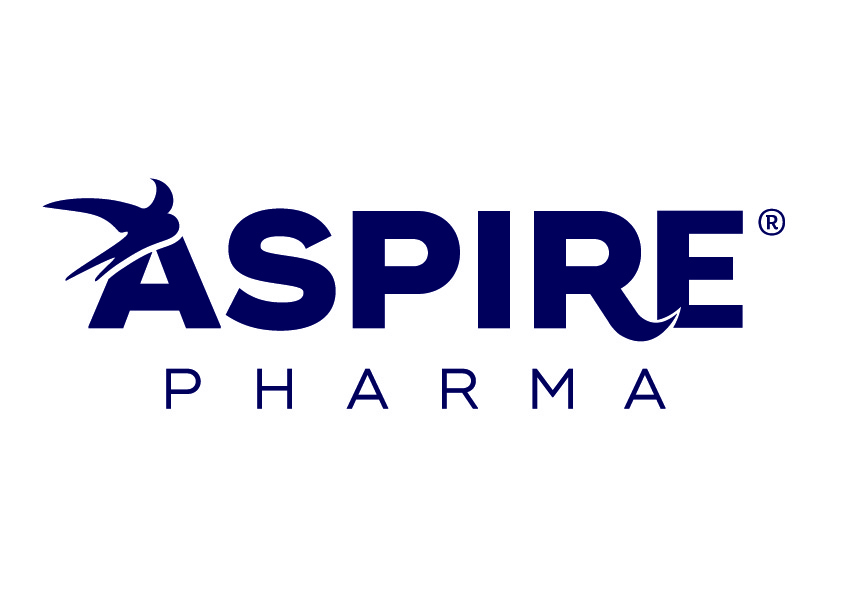For oral use.
The coated tablets should be swallowed with a sufficient amount of water (at least 100 ml water). They should not be chewed because of the unpleasant taste.
Duration of use is not limited.
If one or more doses are missed, the patient should continue with the next dose as prescribed; the missed dose(s) should not be taken in addition to the regular dose.
Adults (including the elderly):
One tablet three times a day, preferably 20 minutes before meals. After a period of several weeks, when the desired effect has been obtained, the dosage may be gradually reduced.
Paediatric Population
Mebeverine 135 mg film-coated tablets are not recommended for use in children and adolescents below 18, due to insufficient data on safety and efficacy.
Special Population
No posology studies in elderly, renal and/or hepatic impaired patients have been performed. No specific risk for elderly, renal and/or hepatic impaired patients could be identified from available post-marketing data. No dosage adjustment is deemed necessary in elderly, renal and/or hepatic impaired patients.

